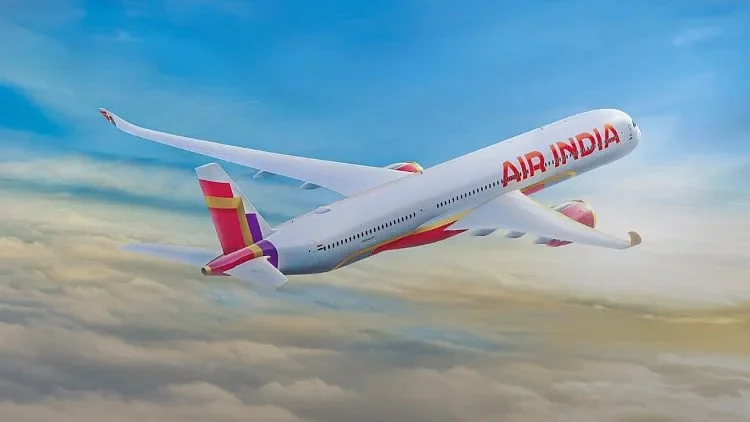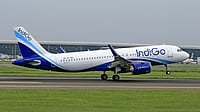Air India announced that it has completed precautionary inspections on the locking mechanism of the fuel control switch (FCS) on all Boeing 787 and 737 aircraft in its fleet. In a statement on July 22, the Tata Group airline announced that it has found no issues with the locking mechanism. The development comes just days after the Directorate General of Civil Aviation (DGCA) instructed all the airlines to examine the locking mechanism of FCS and submit a report by July 21.
“Air India has completed precautionary inspections on the locking mechanism of Fuel Control Switch (FCS) on all Boeing 787 and Boeing 737 aircraft in its fleet,” said Air India on July 22. “In the inspections, no issues were found with the said locking mechanism. Air India had started voluntary inspections on 12 July and completed them within the prescribed time limit set by the DGCA,” the Tata Group airline added.
On July 14, the aviation watchdog ordered air carriers to carry out an inspection following a preliminary report released by the Aircraft Accident Investigation Bureau (AAIB) on the June 12 Air India Ahmedabad plane crash, that took lives of more than 260 people. In its finding, the AAIB found that the FCS of the Air India flight 171 had transitioned from ‘run’ to ‘cutoff’ seconds after take-off. The transition resulted in a dual engine failure, and the report noted that at this stage, there are no recommended actions to operators of Boeing 787-8 aircraft and GE GEnx-1B engines. Both the FCS have brackets on either side of them to protect them. The 15-page report of the AAIB did not mention whether the investigators have so far been able to find out if the switches were moved by one of the pilots or not. The report noted that the Air India flight lasted around 30 seconds between lift-off and crash, which took lives over 260 people.




























